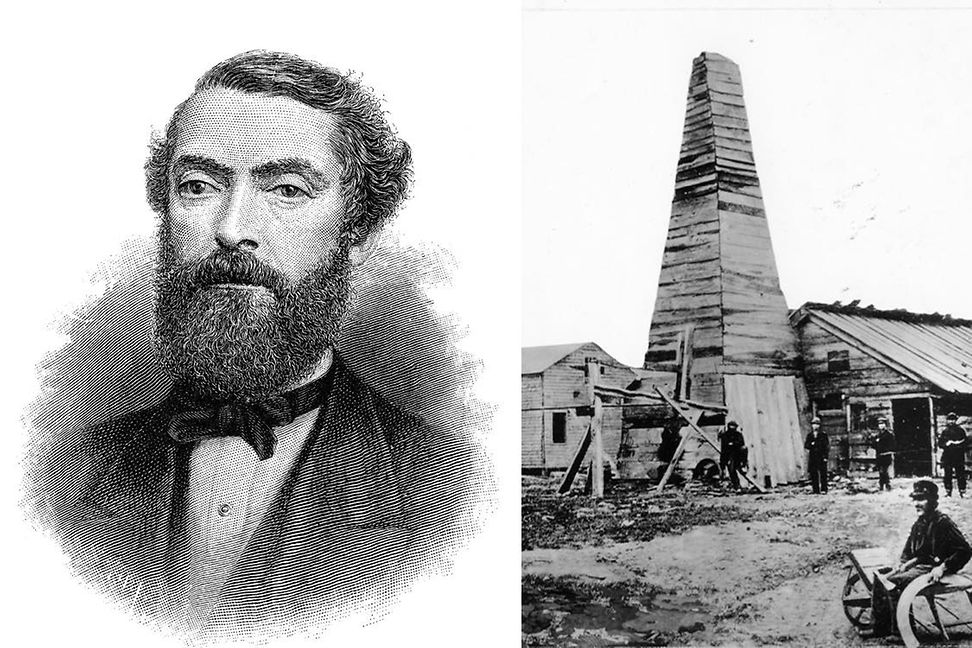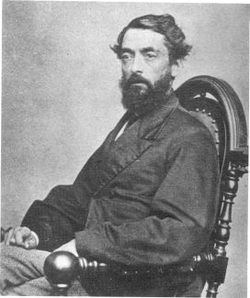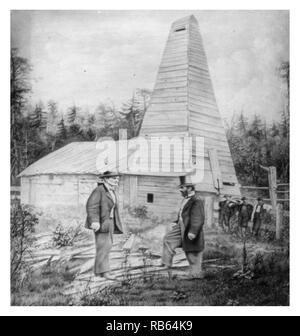


The structure caught fire in October 1859. Drake had to borrow $500 to keep drilling, which culminated on August 27. Drake investors in Connecticut became frustrated and decided to pull their financial support in April 1859. Drake placed cast iron pipe down the hole. As drilling deepened, groundwater was encountered, which caused the walls of the well to collapse. The drilling rate was only three feet per day. An engine house and derrick were constructed, and Drake purchased a steam engine, which was used to ram the drill through the soil.ĭrilling was slow, expensive, and challenging. The Drake Well is located in northwestern Pennsylvania, Venango County, on the east bank of Oil Creek, which got its name because of natural seeps of the shallow deposits of oil that frequently flowed in the water.ĭrake hired a blacksmith and salt-well driller, William Smith, to help with the drilling. The result was more business ventures in drilling and production, transportation of crude oil from the well to locations where it could be refined, and later marketed to consumers.

The Drake Well inspired more people to take the risk to drill for oil, which led to more discoveries and more oil production. “But after five months of financial setbacks and drilling problems, the locals called the well ‘Drake’s Folly.’ To improve his reputation, Connecticut investors addressed their letters to ‘Colonel’ Edwin Drake,” according to AOGHS. “Drilling at Oil Creek, Drake pioneered new drilling technologies, including a method of driving an iron pipe down to protect the bore’s integrity,” according to AOGHS. His investors wanted to refine the oil into a highly demanded new product, kerosene, according to AOGHS web site. The well was drilled to a depth of 69.5 feet, and it initially produced 25 barrels a day, the first well to produce oil in commercial quantities.Īlthough earlier “spring pole” and cable-tool drillers of brine wells had found small amounts of oil – an unwanted byproduct – Drake specifically drilled for it.


 0 kommentar(er)
0 kommentar(er)
